The term "batik" originated on the island of Java, where the craft was popularized. It involves the process of dyeing fabric using the resist technique, which involves coating areas of the fabric with a dye-resistant substance so that they do not absorb the colors. The technique is believed to be over a thousand years old.
What is batik
If you look into history, you can see confirmation - at the beginning of the centuries AD in Africa, the Middle East and in some places in Asia, such a technique was widely used.

The popularity of the craft can be explained by the fact that it offers enormous opportunities for artistic freedom. A countless number of designs can be printed on the fabric, and you are not limited to what the loom can produce. Also, batik is very durable, the colors are indelible, unlike printed designs.
Batik is an ancient textile craft whose origins are linked to Africa (Egypt), China, Japan and Central Asia, and is more common today in Malaysia and Indonesia.
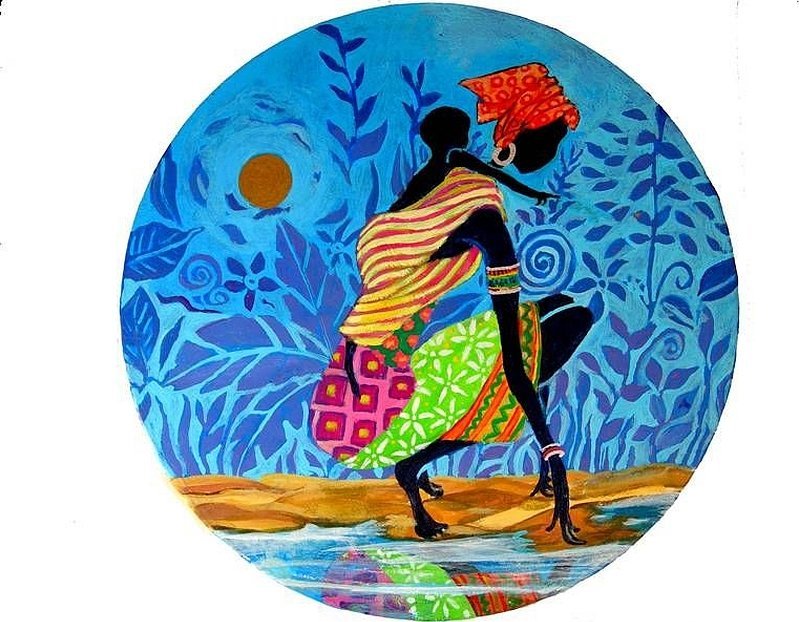
The word batik means "painting with wax." The best work is done on fabrics with a high thread count and a smooth surface, such as cotton or silk.
The fabric for batik is prepared in advance. Wash, stretch on the surface so that the resist penetrates the fibers better. Beeswax, resin or paraffin are used as a resist.
Wax is applied to areas of the fabric, not the entire fabric. To obtain dyes, a special tool called a "singer" (a tool made of a copper bowl with a thin stream and a wooden handle) is used.
It can take months to apply wax to designated areas of the entire piece. The dye is then applied to the fabric by brushing or dipping in certain areas.

Important! The fabrics are allowed to dry for up to twenty-four hours to cure, then ironed. The fabric is then washed in cold/boiling water until clear.
The fabric is then dried slowly, away from heat and sunlight, so that the colours are well fixed and become permanent, without fading.
History of the Magic Craft
Evidence of early examples of batik has been found in the Far East, Middle East, Central Asia and India over 2,000 years ago. It is possible that these areas developed independently, without the influence of trade or cultural exchanges. However, it is more likely that the craft spread from Asia to the islands of the Malay Archipelago and from the west to the Middle East via the caravan route. Batik was practiced in China as early as the Sui Dynasty.
These were silk batiks that were also found in Nara, Japan, in the form of screens and attributed to the Nara period. They were probably made by Chinese artists. They are decorated with trees, animals, flute players, hunting scenes and stylized mountains.
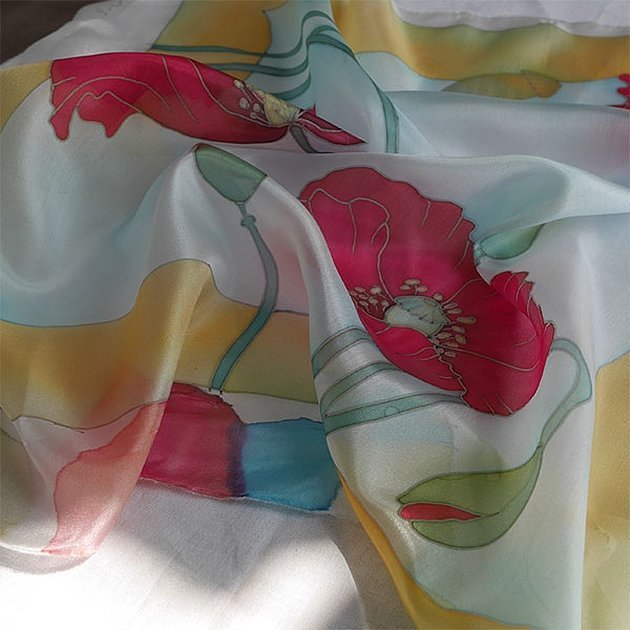
No evidence of very old cotton batiks has been found in India, but frescoes in the Ajunta caves show headdresses and garments that may well have been batiks. In Java and in the temple ruins of Bali there are figures whose garments have a pattern resembling batik. By 1677 there is evidence of a significant export trade, mainly in silk from China to Java, Sumatra, Persia and Hindustan. In Egypt, linen and sometimes woolen fabrics with white patterns on a blue ground have been excavated. These were made in Egypt, possibly in Syria.
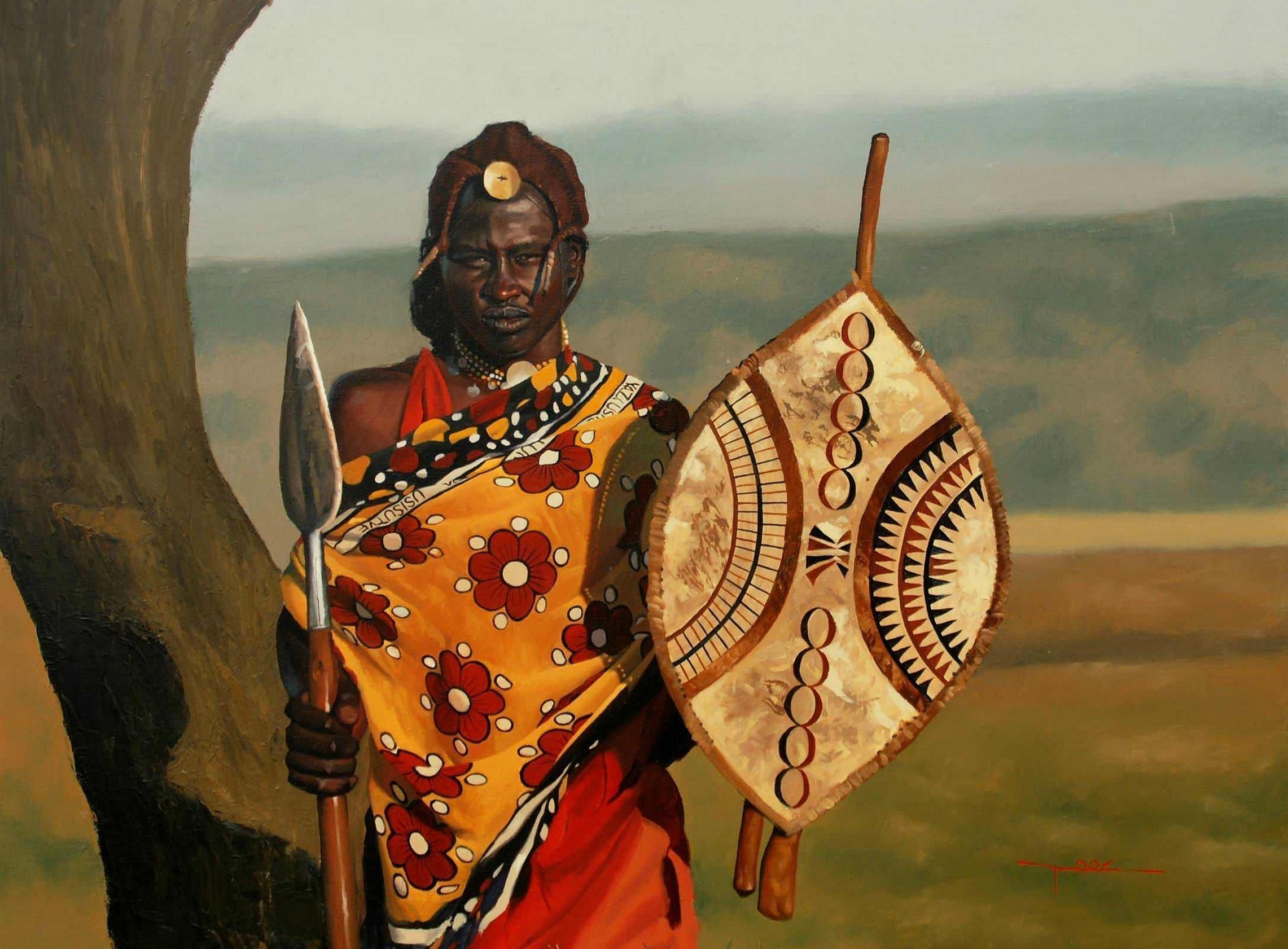
Indonesia, especially Java, is the area where batik reached its highest peak. The Dutch brought Indonesian craftsmen to teach the craft to Dutch supervisors in several factories in Holland from 1835. The Swiss produced imitation batik in the early 1940s. The wax block printing form was developed in Java using a cap.
By the early 1900s, the Germans had mass-produced batik. There are many examples of this form of batik, as well as hand-made batik, in many parts of the world today. Computerization of batik techniques is a very recent development.
Types and classification of batik
The technique of painting on fabric includes the following varieties:
- Drawing with a cold technique. That is, the resist is a contour based on gasoline, paraffin or rubber glue. A great option for beginners.
- Hot technique, which involves drawing with hot liquid wax. In this case, not just the outline is drawn, but also each color. At the end of the entire work, the wax is removed with gasoline. This technique is the most labor-intensive.
- Knot technique. To obtain a unique pattern, the fabric is tied into a knot, without any reserve, dipped in pigment or spread with a brush.
There is an option when a resist is not used, but the design is simply applied to the fabric with a brush.
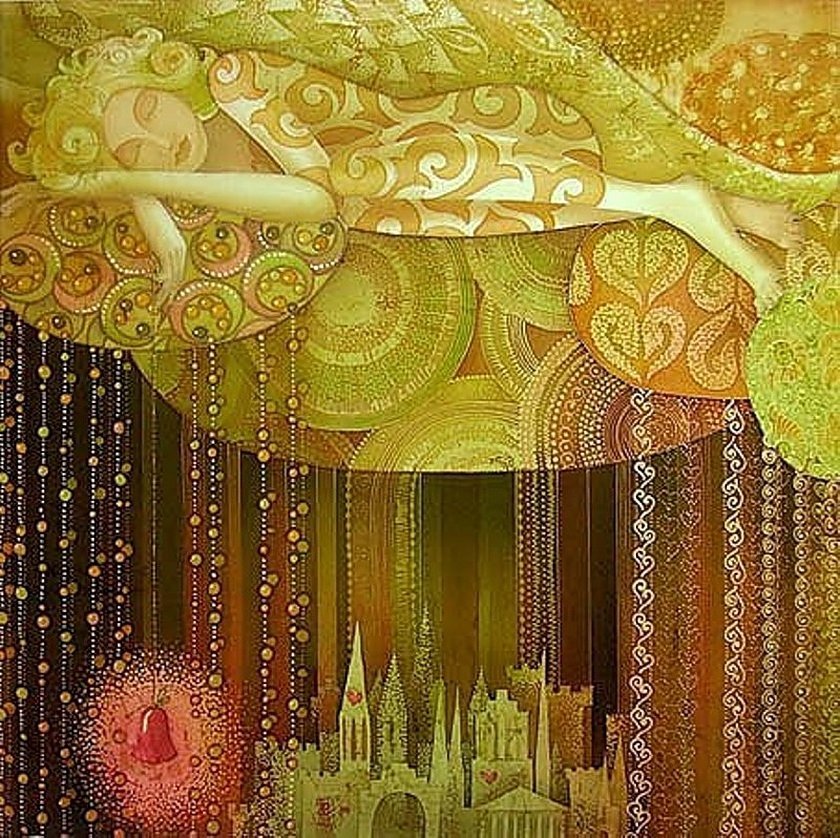
What you need for batik: fabrics, frames, paints
For classes you need:
- Prepare a frame or hoop, depending on the size of the canvas. There is a special device for batik, sold in a specialized store.
- Batik fabric - what it is can be found out from the masters or in a special store. Natural fabric is used - cotton, silk, cambric, wool. However, dense fabric is not suitable, since the resist and pigment will not show through its fibers.
- Pencil and paper - for creating a sketch
- Batik drawings for beginners on fabric
- Fabric scissors.
- Beeswax, depending on the technique.
- Water.
- Gloves to protect your hands.
- In addition, you will need paints and resist.
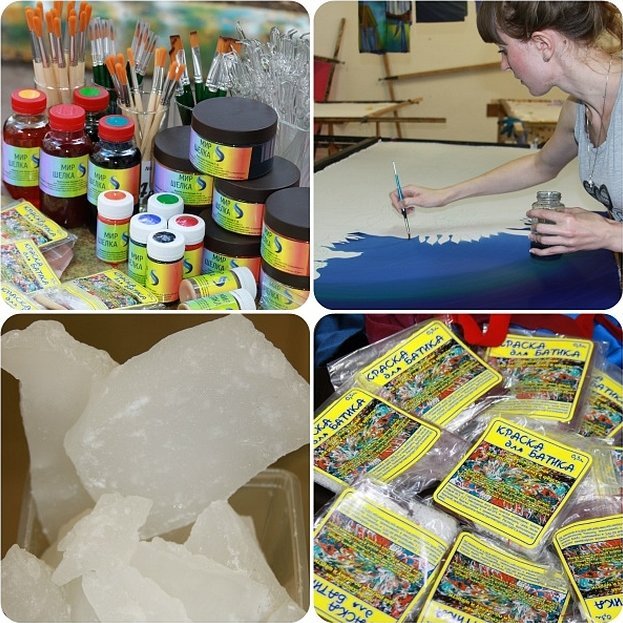
It is worth saying that the resist can be purchased ready-made, in starter kits, or prepared independently.
Technique of working with cold batik
Batik how to draw on fabric may seem difficult for a beginner. But this is not about the cold technique of drawing.

The cold technique is distinguished by the fact that the resist can be colorless or pigmented. Often this is a paraffin or gasoline circuit. The composition is applied with a special tube of different diameters.
With this technique, the pigment is perfectly fixed by steaming, which will ensure excellent durability of the colors on the fabric in the future.

This technique may vary depending on the type:
- Classic - designs created using closed cold resist. Application in one layer.
- Multilayer. The design is applied in several layers.
- Unclosed. Painting is done using a reserve line and displacement of the adjacent plane.
- Free type. With this technique, the drawing is applied chaotically, and at the final stage, a reserve is applied. This option involves several methods of execution. These can be paints with a salt solution, paints with a thickener as a reserve, oil paints, special printing paints.
Batik technique - hot method
Batik painting on fabric for beginners using hot technique is difficult.
The hot painting technique is performed on two types of fabric - silk and cotton. In order to apply the dye, wax is first applied with a special sharpened bamboo stick or a special tool called a chanting. If there are areas where there is no need to paint with pigment, such an area is painted with wax.
It is important to note that the hot technique is labor-intensive, since the waxing of areas can be repeated several times. The intensity and brightness of the colors of the future drawing, as well as the durability of the pigment, depend on this.
Hot batik may have differences in execution technique:
- Single-layer. That is, fixation occurs when wax is applied in one layer.
- Multilayer, when several layers of wax are applied to the fabric, thereby creating a gradation of colors in the design.
- Etching. This method involves fixing certain colors in an area by etching to white the areas where there is no wax.
Knotted Batik: Technique for Beginners
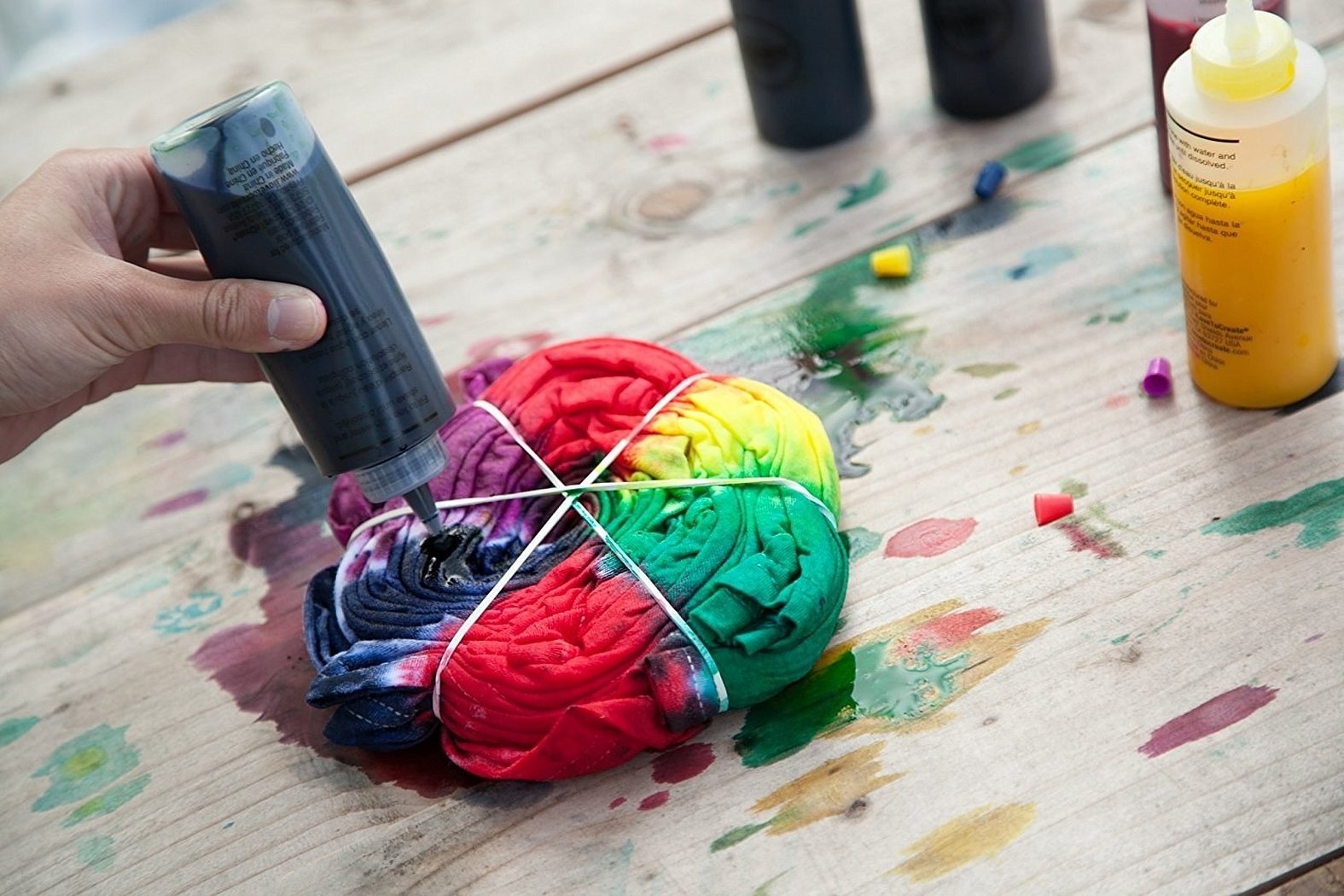
A great option for beginners is the knotted batik technique. It is, in principle, not false. The essence of its dyeing is to twist the fabric into knots, which should not contain dyeing. It is important - when dyeing with this technique, you need to use aniline dyes. Such dyes are great for natural fabrics - calico, chintz, satin.
To get an original pattern, you need to twist the fabric in different ways.
Other types of painting and drawing
There are also other drawing techniques - experimental ones. These include:
- Airbrushing. When machine and hand painting are combined, and the paint is spread over the fabric using a special device - an airbrush.

- Shibori. This technique is very simple and accessible to everyone. The fabric is tied into a knot and placed in paint.
- Pouring. With this technique, wax is poured onto the fabric while hot.
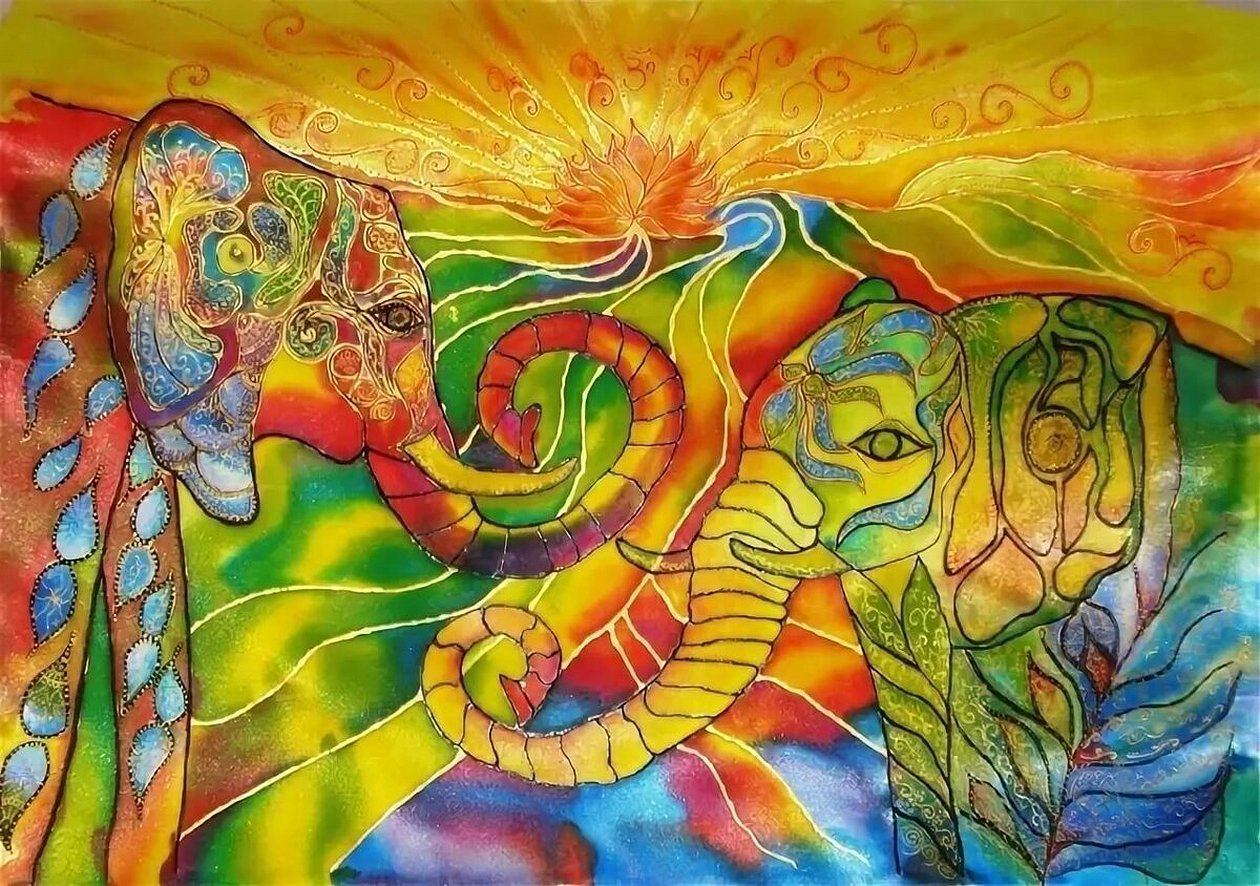
- Stamping. This option involves applying a pre-prepared pattern using liquid wax.
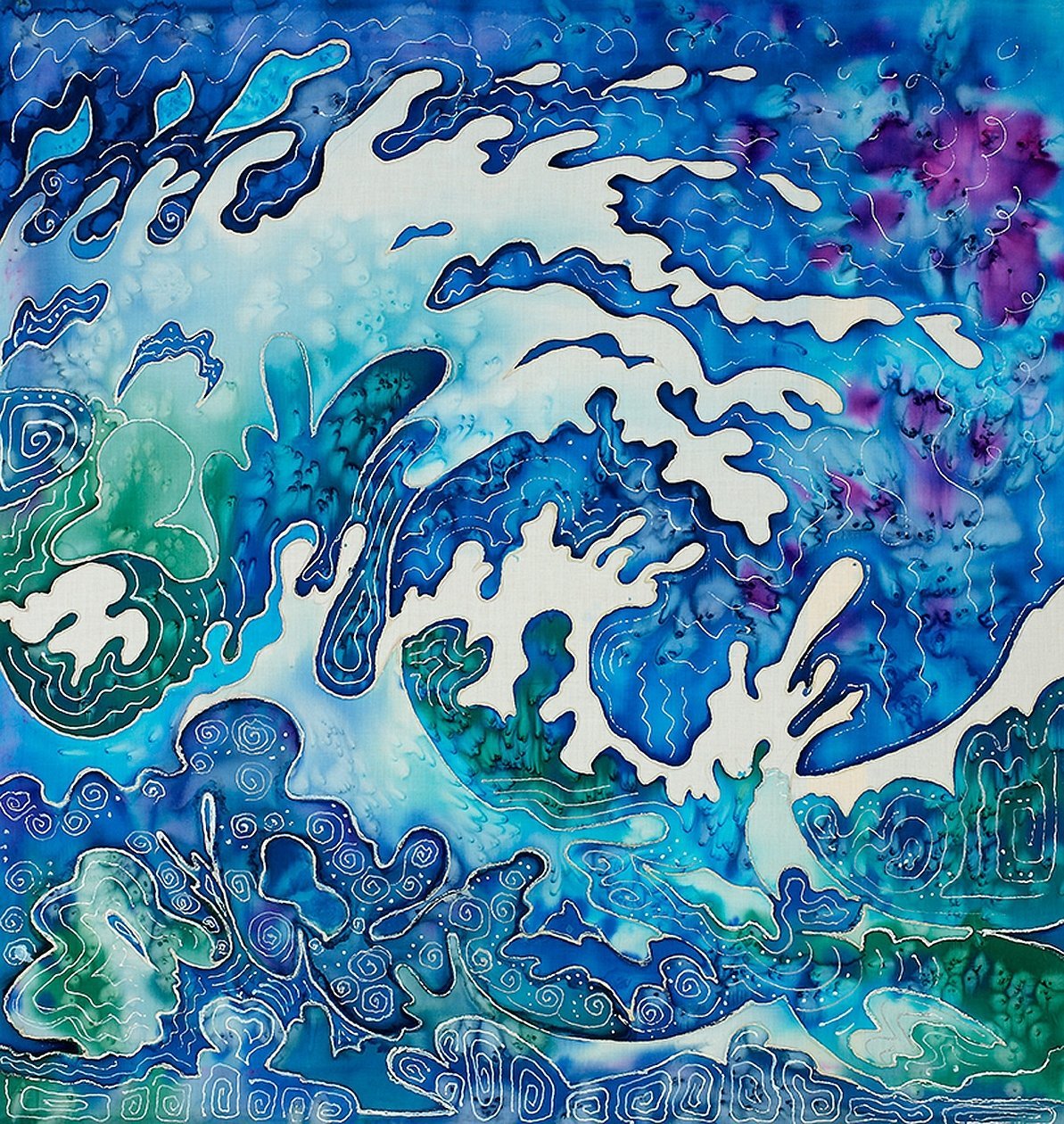
- Roller painting, which is also used with melted wax.
There is also batik as painting on fabric - picturesque, reverse, monumental, etching, philosophical, etc.

Many experienced artists of this technique admire the craft of batik, as it is unique. The process when the fabric absorbs wax and paint, reflecting the play of shades cannot be compared with anything.
Modern batik painting on fabric, although largely due to the past, differs markedly from traditional and formal styles. For example, the artist may use etching, discharge dyeing, stencils, various dyeing tools, wax recipes with different resisting surfaces, work with silk, cotton, crepe de chine, wool, leather, paper or even wood and ceramics.




